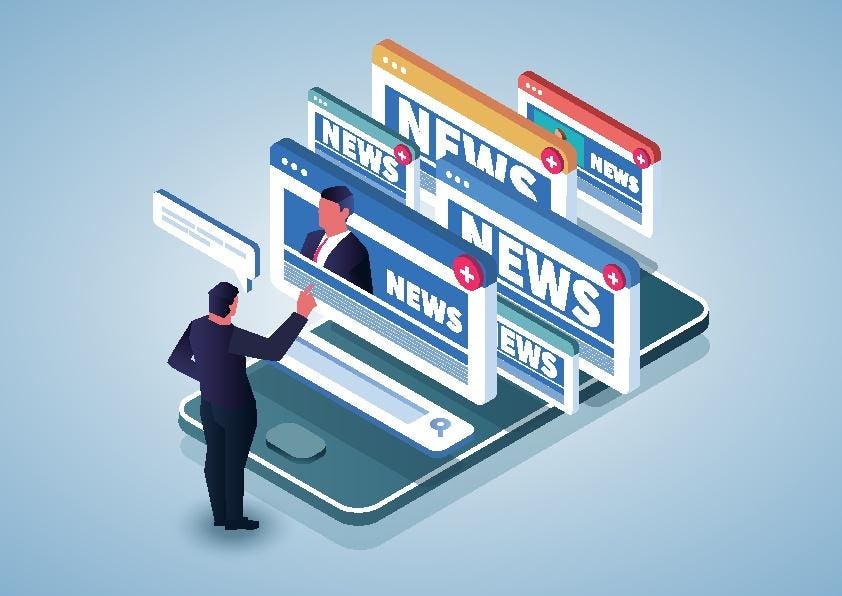The intersection of artificial intelligence and journalism is rapidly evolving, presenting both opportunities and challenges for news organizations in the 21st century. While the rise of generative AI has sparked legal battles over copyright infringement and unauthorized content usage, a parallel trend of collaboration between tech giants and media outlets is gaining momentum. This dynamic tension between competition and cooperation is reshaping the landscape of news dissemination and consumption.
The core issue lies in the way AI models, particularly large language models (LLMs), are trained. These models require vast datasets of text and code to learn patterns and generate human-like text. News articles, with their factual grounding and structured language, are ideal training data. However, using copyrighted material without authorization infringes on the rights of news publishers, who have invested heavily in creating that content. This has led to lawsuits from publishers against AI companies, alleging unauthorized use and demanding compensation for the value their content provides to these AI systems.
Conversely, a growing number of media organizations are choosing a collaborative path, forging partnerships with AI developers. These agreements grant AI companies licensed access to news content in exchange for financial compensation and other benefits. This collaborative approach recognizes the potential of AI to enhance journalistic practices and reach wider audiences. For news organizations, these partnerships provide a revenue stream in a rapidly changing media landscape and offer a way to ensure their content is used responsibly and accurately. For AI companies, these agreements secure access to high-quality training data, mitigating legal risks and improving the accuracy and reliability of their AI models.
The specific terms of these collaborations vary, but they generally involve licensing agreements where news organizations grant AI companies access to their archives or real-time news feeds. The financial aspects of these deals range from annual licensing fees to revenue-sharing models. Beyond monetary considerations, some collaborations focus on integrating news content directly into AI-powered services, enhancing the user experience and providing access to credible information. This symbiotic relationship benefits both parties, enabling AI companies to improve their services while providing news organizations with new avenues for content distribution and monetization.
This collaborative landscape presents a stark contrast to the contentious legal battles being waged by other publishers. While some opt for litigation, arguing for fair compensation and protection of their intellectual property, others see strategic alliances as a more effective way to navigate the evolving media landscape. This divergence in approaches highlights the complex considerations at play, including the financial resources of individual news organizations, their risk tolerance, and their long-term strategies for adapting to the age of AI.
The legal battles underscore the crucial need for clear legal frameworks governing the use of copyrighted material in AI training. The existing copyright laws are being tested by the novel way AI models utilize and potentially transform existing content. The outcomes of these lawsuits will likely set precedents for future interactions between AI developers and content creators, not just in the news industry but across other creative sectors as well. These legal challenges also raise fundamental questions about the ownership and value of data in the digital age, and how to balance the rights of creators with the potential benefits of AI innovation.
Beyond the legal and financial aspects, the integration of AI into journalism raises ethical considerations regarding bias, transparency, and the potential displacement of human journalists. While AI tools can automate tasks and augment journalistic capabilities, they also carry the risk of perpetuating or amplifying existing biases present in the data they are trained on. Ensuring transparency in how AI is used in newsgathering and reporting is crucial to maintaining public trust. Furthermore, the role of human journalists in verifying information, providing context, and upholding journalistic ethics remains paramount, even as AI tools become more sophisticated. The future of journalism in the age of AI hinges on striking a balance between leveraging the power of technology and preserving the core values of journalistic integrity.



